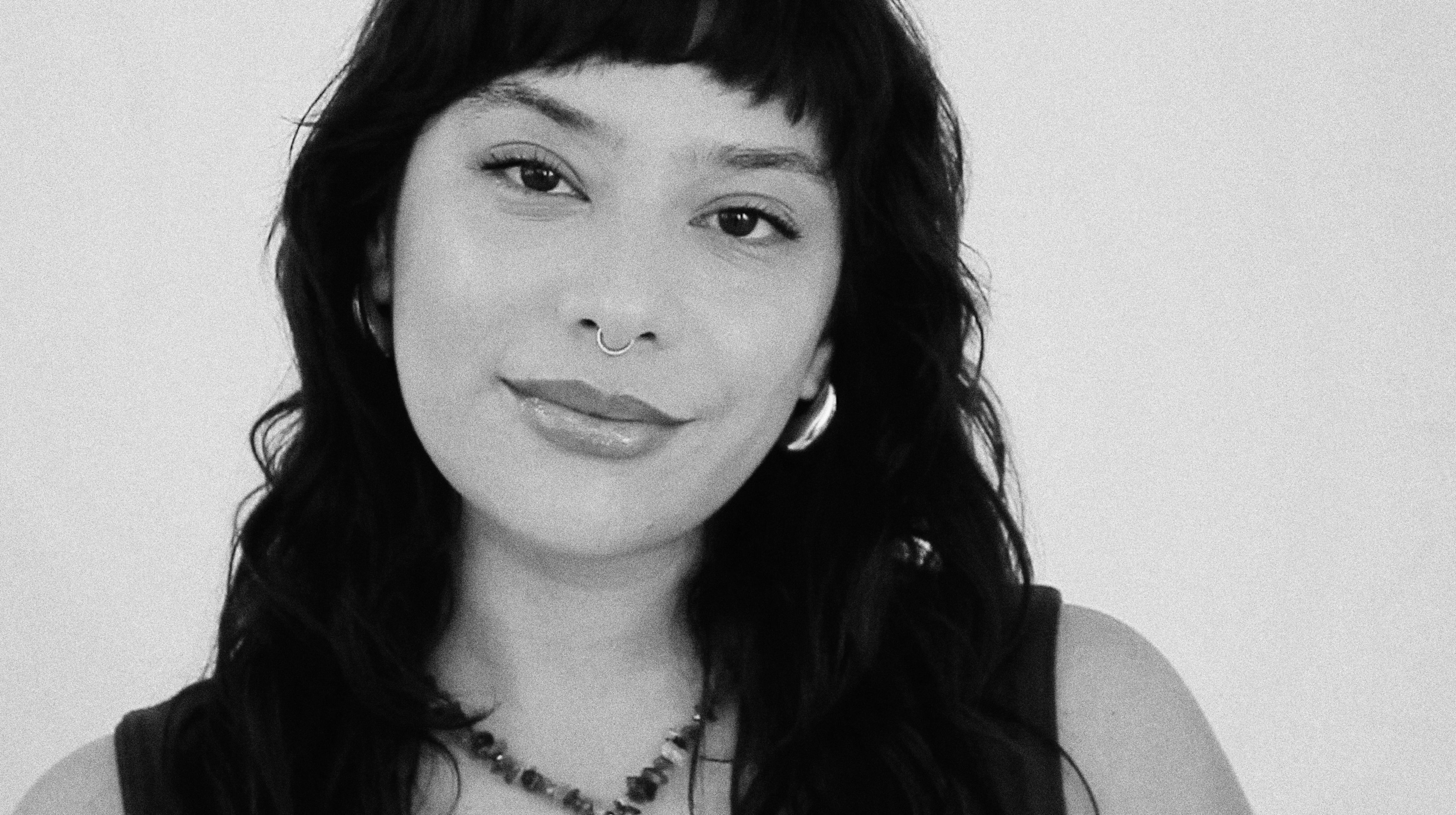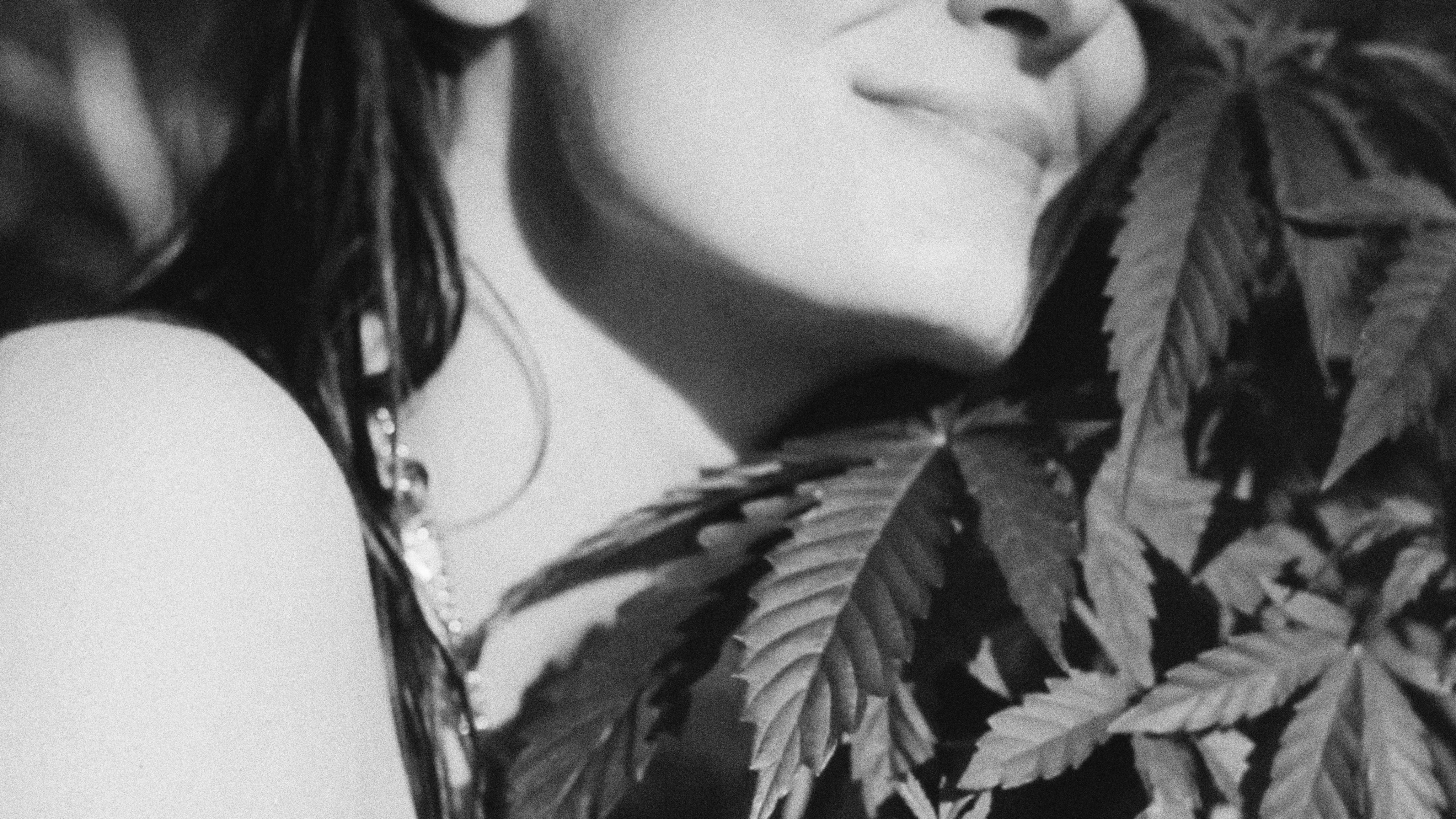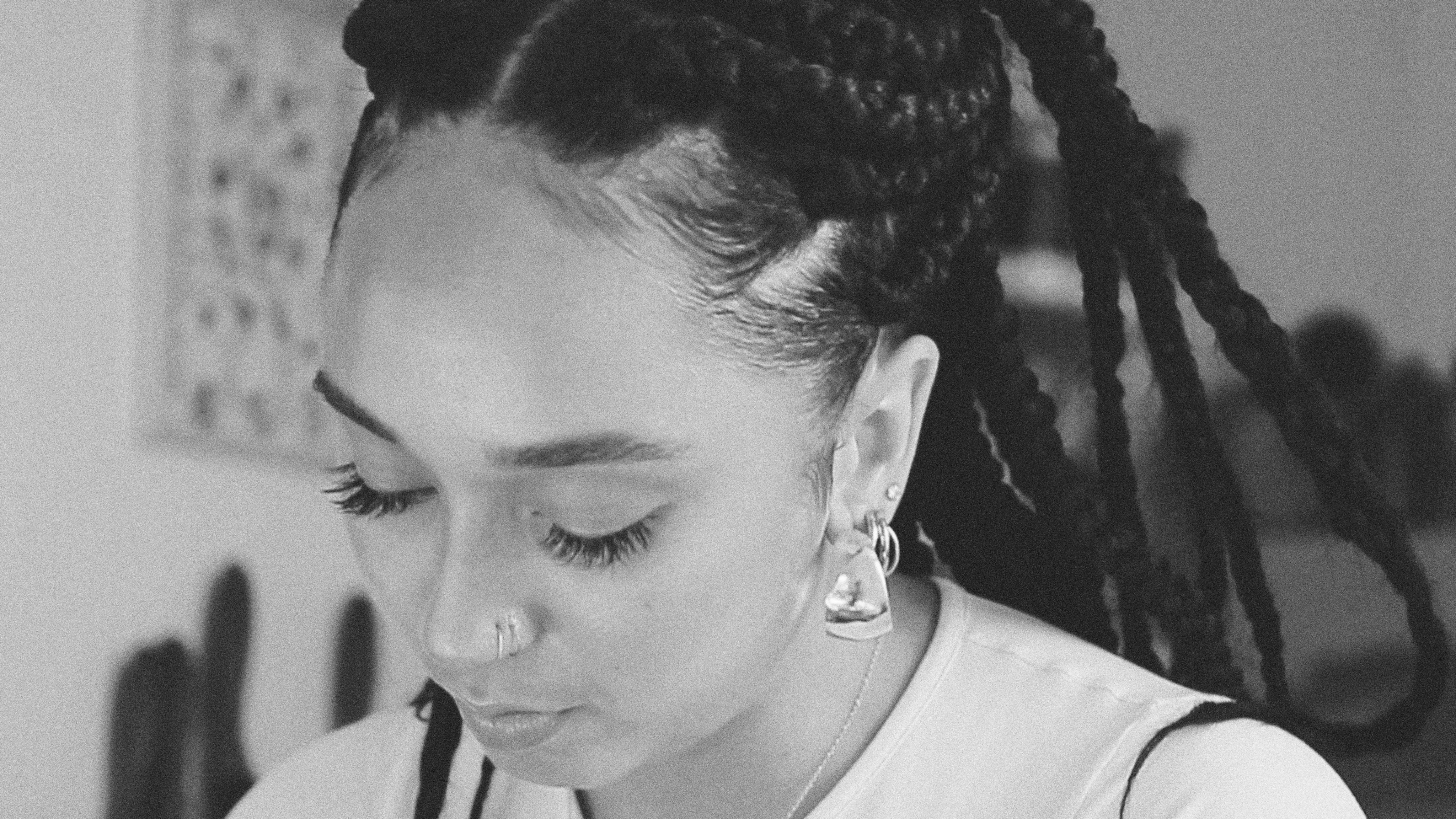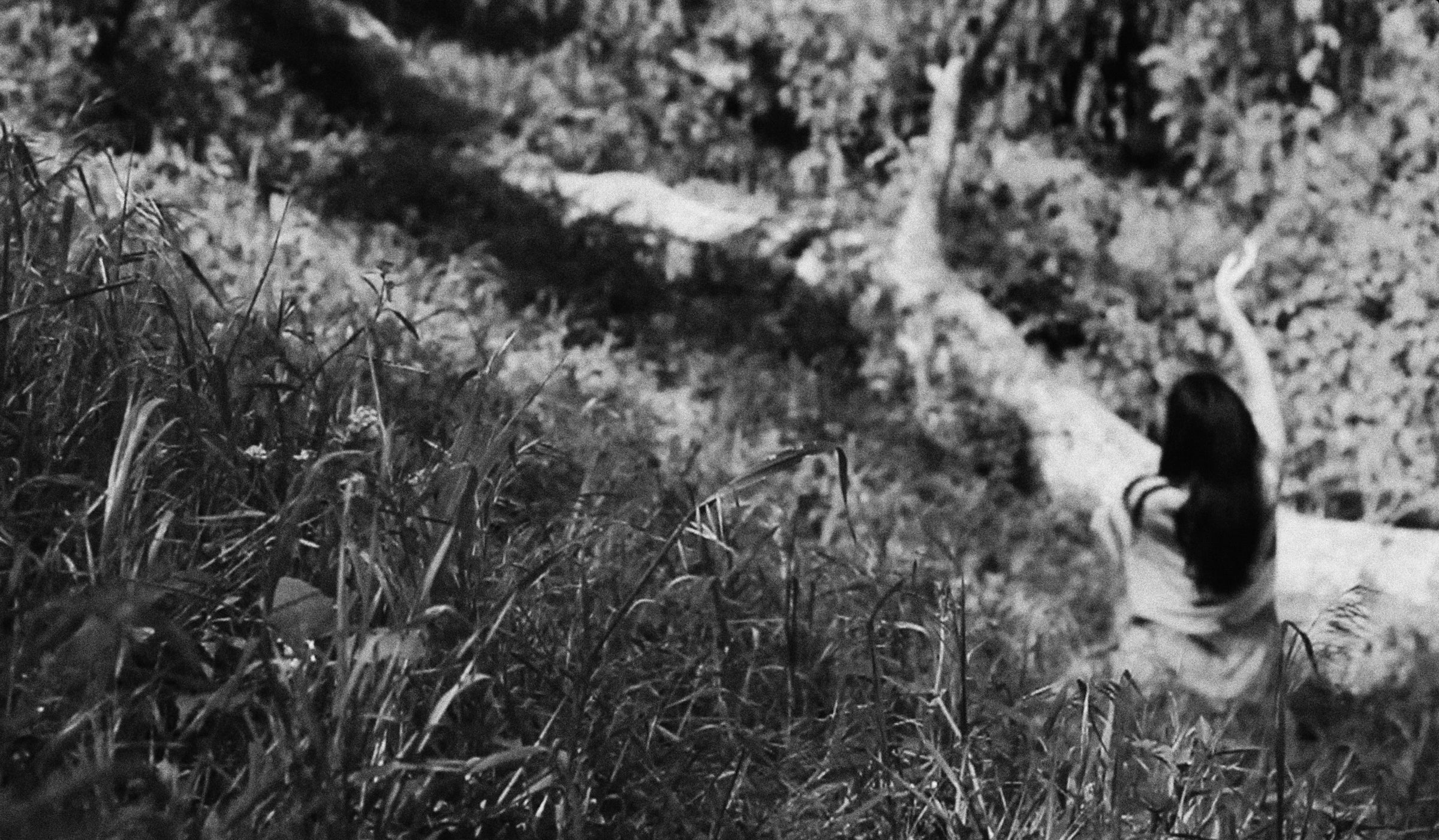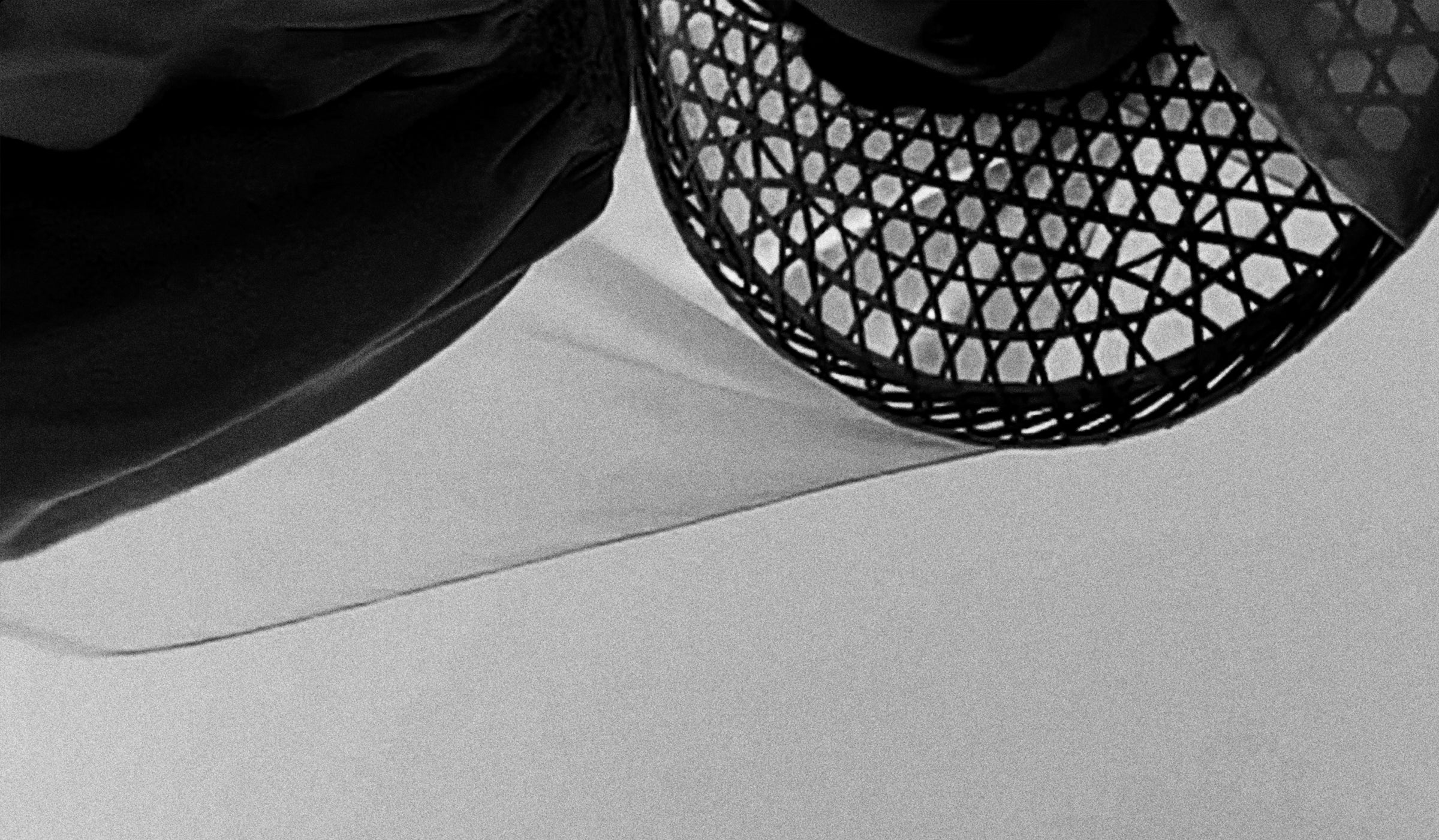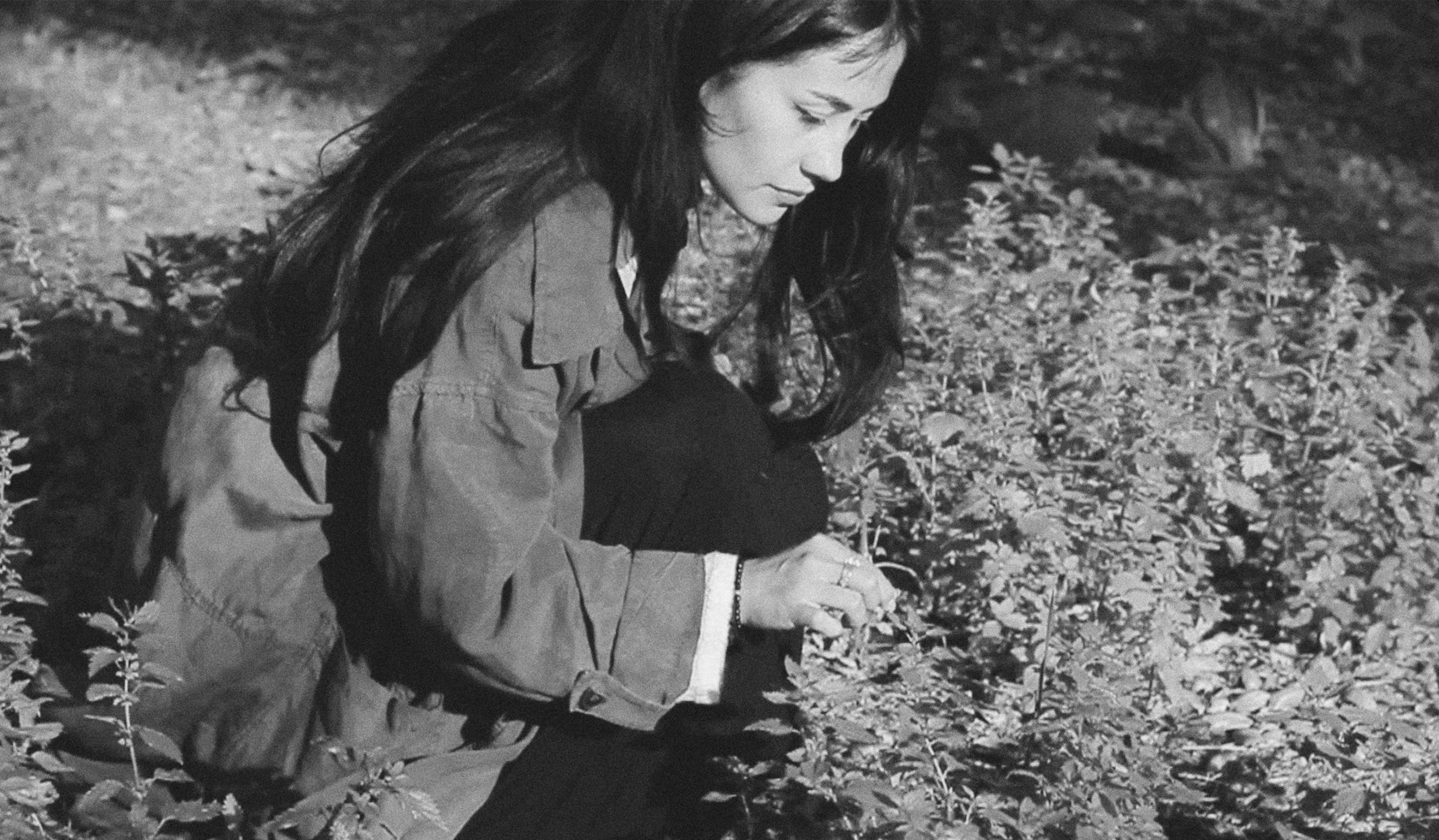Using Cannabis to Cultivate Creative Clarity
Amina El Kabbany is an artist, photographer, musician, and creative director who integrates cannabis into every aspect of her artistic practice.
The Role of Cannabis in Creative Flow
Amina sees cannabis as an integral part of her creative process, helping her tap into deeper emotional clarity and unlock new levels of inspiration. “I fell in love with cannabis because it enhanced how I experienced art—whether I was listening to music or lying in the grass, it made me feel more present and connected to the beauty around me,” she recalls. Now, when creating, cannabis serves a similar purpose—shifting her focus inward and fine-tuning her connection to the present moment, allowing her to access parts of her creativity that might otherwise remain out of reach.
“I use it to reflect internally,” she explains. “"It helps me tap into different layers of my subconscious, allowing me to reflect on where I am in life and gain perspective on the bigger picture.” While she still enjoys cannabis in social settings—bringing it to live music events or nature outings—its primary role is to enhance her internal world and inspire her.
Lately, she’s been more drawn to edibles, appreciating their body-centered effects. “I love my Juana vape, but I’ve been eating a lot more edibles because I like how it makes me feel—it’s more of a body high, more internal.” She describes cannabis as a bridge, connecting her to the deeper layers of her creativity and spirituality.
Sound Healing as an Artistic Practice
Amina is not just a photographer, musician, and creative director—she’s also a sound healing practitioner. She describes sound healing as the use of instruments, frequencies, and vocal tones to realign the body’s energy. “The Schumann resonances are a set of electromagnetic frequencies in the Earth's atmosphere,” she explains, “and when we use sound healing, we’re essentially tuning ourselves back to that natural state.”
Her practice includes crystal singing bowls, guided meditations, and visualization sessions. “It’s about harmonizing yourself,” she says. “Kind of like tuning a guitar, but for your body and mind.”
The intersection of music, mindfulness, and healing has led her to new creative avenues. She’s currently working on a meditation album, which will feature rhythmic yet cinematic music designed for yoga, breathwork, and ecstatic movement. “On these tracks, I’m singing, creating mantras, and bringing in my sound bowls. There will be subliminal messaging and specific frequencies targeting different ailments or anxieties.”
For Amina, this project is deeply connected to the times we live in. “With everything happening in the world— politics, climate change, the wars we’re funding—there’s a need for tools that help regulate our nervous systems,” she says. “The more we can pour into our inner wellness, the more solid our foundation will be when we decide to take action.”
A Creative Life Shaped by Cannabis
Art has always been an escape for Amina. Growing up, she struggled with anxiety and a home environment that didn’t always feel safe. “As a kid, art was my way of being present without having to be present,” she says.
She first discovered photography as a way to collect references for her drawings and paintings. But soon, the camera became its own medium. “I started taking too many pictures to ever draw them all,” she laughs. By the time she was 13, she had developed an eye for composition and storytelling.
Her love for cannabis started not long after. “I was about 15 or 16,” she recalls. “At first, I didn’t know how to use it to my advantage. But I quickly realized it was an easy way to relax and unwind and not let anxiety overtake me.”
Moving to San Francisco after high school, she found herself in a creative community where cannabis was deeply embedded in the culture. “I was such a coffee shop girl,” she remembers. “I’d bring my giant art portfolio to a cafe, smoke beforehand, and just draw for hours.”
Cannabis became a tool for entering a meditative state, allowing her to fully immerse herself in the act of creation. “You can meditate while hiking, while washing dishes, while cooking. For me, smoking and walking around San Francisco, taking photos, was its own kind of meditation.”
Her professional career took off at a photo meetup in the city, where hundreds of photographers and artists would gather to collaborate. The connections she made there helped her land her first paid gig—ironically, for a cannabis brand. “I was hired to shoot a lifestyle campaign at a music festival,” she says. “It was huge for me, realizing I could combine my three biggest passions—cannabis, music, and photography—into a career.”
Building a Creative Space in LA
Today, Amina runs Kismet Cazini Studio, a multi-use creative space in downtown LA that blends photography, sound healing, and community-building. “It was a way for me to bring all my different interests into one physical space,” she explains.
The studio hosts wellness workshops, including a monthly program called Flowspace, which features guided meditation, journaling, sound baths, and yoga. She also runs the Ignition Residency, a three-month mentorship program where artists use the space to develop their practice. “I had a floral artist, two sound healers, and a DJ,” she says. “It’s about helping artists unblock creativity and build confidence through affirmation alchemy.”
Affirmation alchemy is a practice she developed to help artists reframe negative self-talk in real time. “If you say, ‘I’m always late,’ you reinforce that belief. But if you shift it to, ‘I’m always exactly where I need to be,’ you start rewiring your brain. It’s powerful.”
A Shift Toward Advocacy
While cannabis has been a constant in Amina’s creative life, she has only recently begun speaking about it publicly. “This collaboration with Juana is a big step for me,” she admits. “I’ve always worked behind the scenes to create a positive narrative, but I wasn’t outwardly vocal.”
Part of the hesitation stemmed from professional concerns. “There was a stigma—what jobs you could get, how you’d be perceived,” she says. But seeing successful, high-functioning people in leadership roles openly embrace cannabis changed her perspective. “The CEO of my last job was a heavy cannabis user, and she was unapologetic about it. That was paradigm-shifting for me.”
Now, she’s ready to take a more visible role in the conversation. “With everything happening politically, we need to be advocates for what has helped us,” she says. “Cannabis has been instrumental in my journey. It’s allowed me to be fully present, to deepen my creative practice, to heal.”
Her message is clear: “The world is oppressive enough. We need to offer ourselves and each other more compassion. If we can remember what lit us up as kids, what made us feel alive—that’s the roadmap to a meaningful life.”
As she steps further into advocacy, she hopes to show others that cannabis and success are not mutually exclusive.
